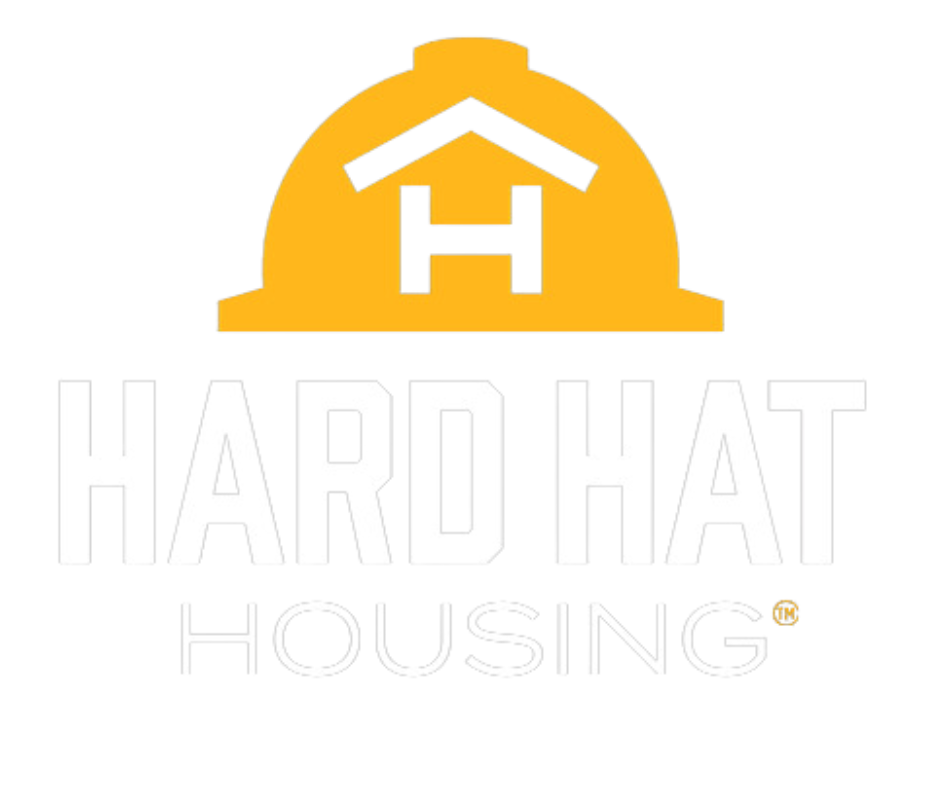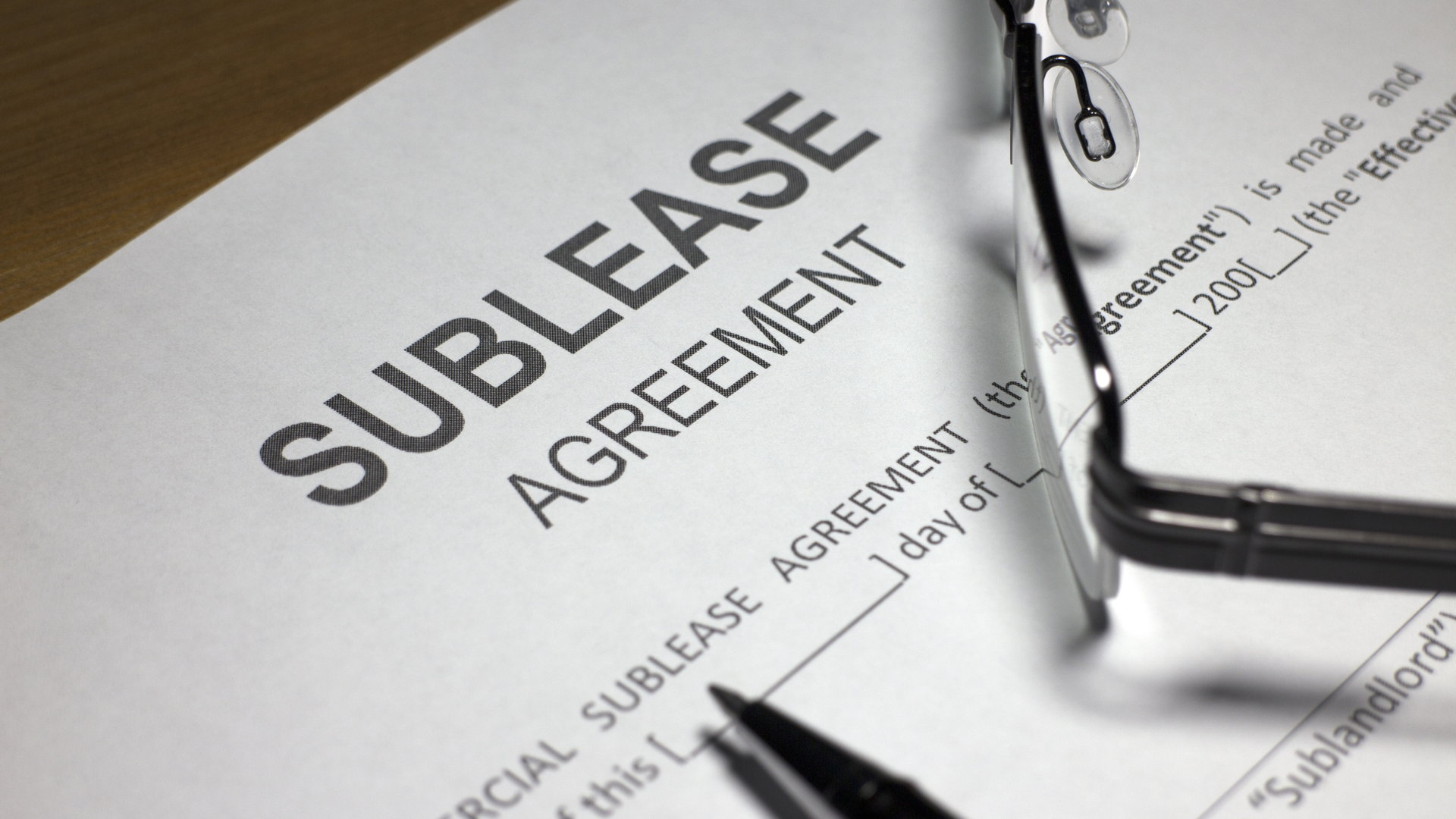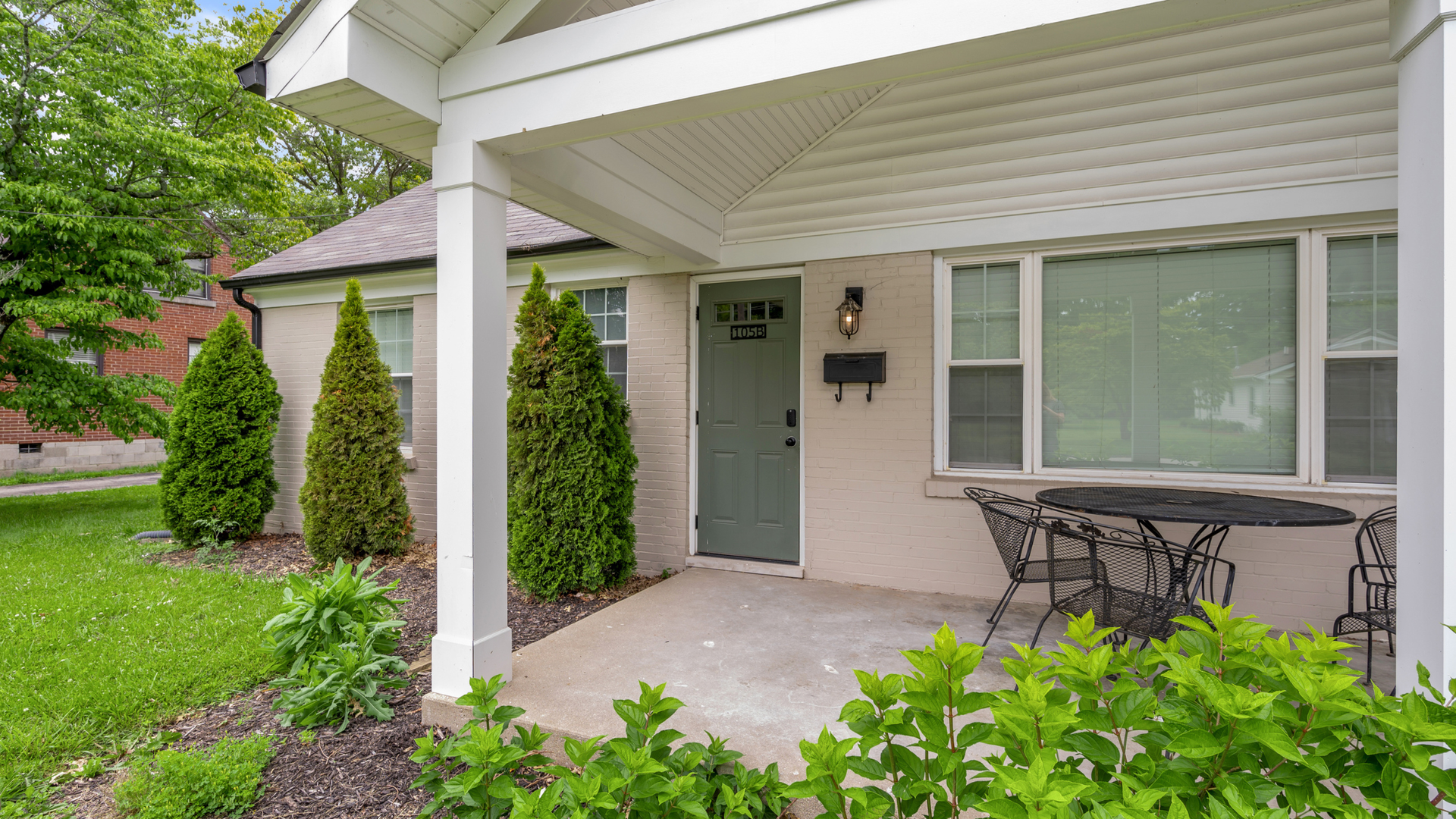Utility Caps & Overage Clauses That Keep Bills Predictable
Disclaimer: Hard Hat Housing does not offer legal, financial, or tax advice. This material is for informational purposes only. Consult qualified professionals and your local statutes before making policy or lease decisions.
Renters love the simplicity of “utilities included,” but few things rattle an owner’s pro forma more than a surprise spike in electricity, gas, water or sewer. That is why many U.S. landlords and property managers now rely on utility caps and overage clauses to keep usage in check and expenses predictable. The approach is gaining urgency in 2025 as energy and water costs move unevenly across regions, and as new disclosure rules arrive in some states and cities. For example,
the national average residential electricity price reached 17.47¢ per kWh in July 2025, up from 16.61¢ a year earlier, which is the kind of modest increase that can still add up across a portfolio when leases are all‑in for utilities. At the same time,
EIA expects U.S. power consumption to set new records in 2025 and 2026, driven partly by electrification and data center growth, a macro backdrop that encourages owners to tighten how they budget for consumption.
What utility caps and overage clauses actually do
A utility cap is a dollar or usage allowance included in the lease when utilities are bundled into rent. If the monthly bill for the covered utilities comes in under that allowance, the landlord pays it as part of rent. If it exceeds the allowance, the tenant pays the “overage” according to a documented formula. The goal is to keep both parties aligned on conservation and cost control, without removing the convenience of utilities‑included living. On student housing and co‑living platforms, you will often see policies like “owner covers up to $300 per month for a 3‑bed; tenants reimburse any overage,” which illustrates the structure in plain terms without markups.
Caps can be set either in dollars or in units. A dollar cap is simple and works well where rate volatility is lower. A usage cap ties the allowance to kWh, therms, or gallons and can be fairer in locations with sharply tiered utility tariffs. Where submetering is unavailable, owners sometimes use a billing allocation method such as RUBS, which assigns costs based on ratios like bedroom count or occupancy.
HUD’s 2025 study explains that RUBS is allowed in certain affordable contexts, but any utility payments must be treated as part of gross rent, a key compliance nuance for properties with specific funding or tax credit rules.
Why 2025 portfolios are revisiting utility caps
Even small increases compound when you operate dozens or hundreds of doors. EIA’s July 2025 data shows state‑level electricity averages ranging from the low teens to above 30¢, a spread that can break a one‑size‑fits‑all allowance across a multi‑state portfolio. For instance, California’s residential average in July was over 32¢ per kWh, while the national average was 17.47¢, which argues for market‑specific cap setting rather than a single dollar number. Natural gas tells a similar story:
EIA’s September release highlights significant differences by state and month, and industry tracking sites show July 2025 residential gas rates that vary widely, with some states more than doubling the U.S. average at that point in the summer.
Water and sewer continue to trend upward as utilities fund infrastructure and regulatory upgrades.
Multiple analyses this year note increases in combined water and sewer bills, including a 24% rise over five years and fresh 2025 local rate adjustments across U.S. cities. Those increases may be modest annually but meaningful over a lease term, especially where landlords include water and sewer in rent. Owners also face non‑uniform inflation pressure, where energy may cool while water rises or vice versa, so caps provide a single system to stabilize exposure across all utilities in the lease. That predictability is what makes the structure so useful in budgeting discussions with owners and lenders.
What residents and managers are saying right now
Peer conversations in 2025 echo the same theme: caps encourage conservation and reduce disputes when they are clear and fair. In a mid‑term rental Facebook group, hosts frequently discuss caps between about $175 and $400 per month depending on home size, climate and season, and they stress that the cap needs to be spelled out in the lease or booking agreement. On Reddit, you will find U.S. renters and managers debating shared billing and overage practices in specific markets like Seattle, where a poster described taking a dispute to court over a utility methodology that was not properly disclosed, reinforcing the point that process and transparency matter as much as the numbers.
Managers are also reminding each other that terms must be in the lease before enforcement. In threads from 2025 across r/PropertyManagement and r/Landlord, the consistent best practice is to specify which utilities are included, the exact cap, how overages are calculated, documentation tenants will receive, and when overage payments are due. That clarity, alongside a move‑in orientation that explains the policy, prevents mid‑term surprises.
Legal and compliance guardrails to know
While utility caps are common, several jurisdictions now require or encourage specific disclosures when billing tenants for utilities. Seattle’s Third‑Party Billing Ordinance is a well‑known example: it prohibits deceptive practices around master‑metered or unmetered services and requires transparent billing and access to records. If you bill residents using a third‑party or allocate master‑metered utilities, your lease and invoice must follow the ordinance’s disclosures.
Maryland’s 2024 Renters’ Rights and Stabilization Act, effective in stages through 2025, also imposes new lease‑packet requirements, including a statewide Tenants’ Bill of Rights that must be included with every residential lease and renewal. Owners there should update their utility language and accompanying notices accordingly.
Rent‑stabilized markets sometimes link allowable rent adjustments to whether the landlord pays for certain utilities, which can influence your cap strategy.
In Los Angeles, for example, 2025 rent guidance allows an extra 1% if owners pay for gas or electricity in covered units, which recognizes the volatility risk you absorb when you keep those utilities under the rent umbrella. At the state level,
California has rules for master‑meter customers regarding rates, rebates, and itemized billing that interact with how you structure RUBS or utility pass‑throughs. It is a reminder to audit your forms against not just landlord‑tenant statutes but also public utility rules where applicable, instead of relying solely on generic templates.
How to size a fair, defensible cap in 2025
Start with 12 months of actuals for the specific address and meter when possible. Set the monthly cap at 110% to 120% of the trailing average for each utility, then round to a clean number residents can remember. If you lack a history, triangulate from public data: check the current state average price for electricity and natural gas, plus any published or pending water and sewer rate changes in the local utility’s budget documents, then model usage for your bedroom count and appliance mix. State electricity tables for July 2025 highlight the spread by market, which is why a two‑bed in California needs a different allowance than a two‑bed in Indiana. A simple example: if your two‑bed averaged 650 kWh in similar stock last summer and your state’s residential price is 17¢ to 19¢ per kWh, a $125 to $135 monthly electricity cap may be defensible before HVAC seasonality adjustments.
Seasonal smoothing matters. For electric‑heat or cold‑weather gas neighborhoods, set a higher winter cap and lower summer cap, or keep a single cap and add a “seasonal grace” of +10% in defined months. EIA’s 2025 natural‑gas updates show how residential consumption and pricing swing by season and by region, which justifies proactive seasonal terms instead of reactive mid‑lease negotiations. For water and sewer, review the municipality’s rate‑change notices for FY2025 and FY2026 so your cap anticipates any approved increases instead of getting blown up by a mid‑year adjustment.
City rate pages from Washington, D.C., Fort Worth and many others publish the exact effective dates and percentage changes, which makes your cap rationale easy to document.
Putting the clause on paper the right way
Whether you operate on a master meter, RUBS, or direct meters with owner‑paid utilities, write the clause so a resident can audit it. Spell out: which utilities are included, whether the cap is in dollars or units, the cap amount, what constitutes an overage, how you will calculate the overage, what documentation the resident will receive, when payment is due, and the dispute process. Boilerplate examples from clause repositories make good starting points, but tailor them to your jurisdiction and remove any language that allows vague “administrative fees” on top of the actual overage unless explicitly permitted by local law. If you use RUBS, include the factors and ratios in the lease or addendum and give residents access to the underlying utility invoices and allocation reports, a practice encouraged by city ordinances and tenant‑education sites.
For implementation, align your billing cadence with the utility’s cycle, not the rent cycle, so the source invoices match the period you are charging. Provide copies of the relevant pages of the utility bill with any overage invoice. If your market allows it, require payment as “additional rent” to preserve your remedies for non‑payment, but check whether any fee‑transparency rules cap passthrough markups or require special disclosures for third‑party vendor charges. Policy trackers this year have flagged state bills that limit markups on third‑party utility fees, so template language you used in 2022 may be non‑compliant in 2025 without adjustments.
Utility caps and overage clauses are not about squeezing residents. They are about aligning incentives and keeping both sides’ monthly costs predictable, especially in a year when electricity prices remain elevated in some states and water and sewer continue to climb in many cities. A fair cap that is set from local data, documented with transparent math, and administered with copies of source invoices will win resident trust and stabilize your budget. If you can submeter, do it. If not, a cap with clear disclosures is your next best option. When in doubt about jurisdictional rules, run your language past local counsel and update templates to reflect 2025 fee‑transparency and master‑meter provisions.













